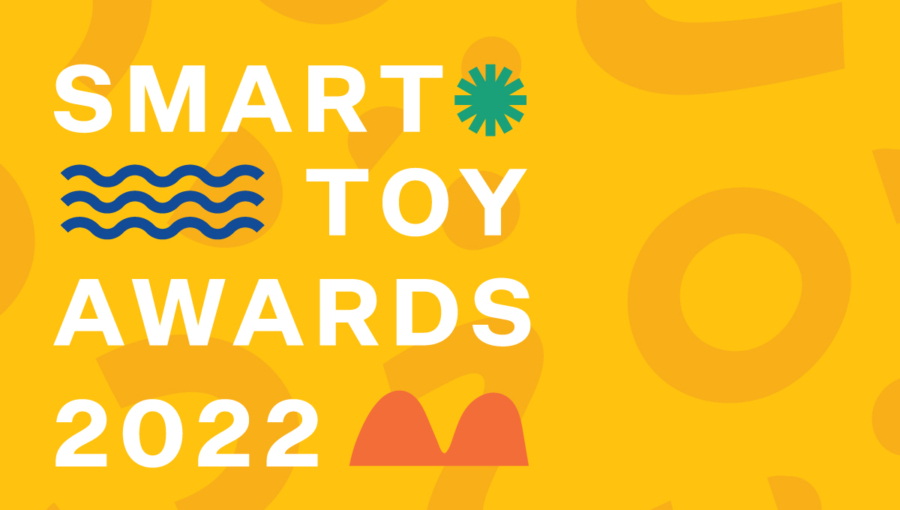The global Smart Toys market is expected to be valued at over USD $31 billion by 2027 and up to USD $69.6 billion by 2032, depending on estimates by research sources (Precision Reports, 2023; Global Insight Services, 2023; Polaris Market Research, 2023). This equates to an annual rate of approximately 14.6-19.5% CAGR on current market size. This rapidly outweighs the expected 6.52% CAGR for the whole toy and game sector 2023 through 2027 (Statistica Market Insights, 2022). Advancements in technological capability, especially in Artificial Intelligence (AI), are a significant factor in this growth.
AI is progressively reshaping our world and impacting younger generations. For the first time in history, children are growing up in an environment densely populated with sophisticated algorithms that gather and analyse data to formulate predictions based on observed patterns. From social media to edtech, video games, smart toys, and speakers, AI is an integral part of the products that children use daily, determining the content they view online, their educational curriculum, and their ways of play and interaction with others.
Despite the empowering and educational capabilities of AI, it also presents potential risks such as bias, cybersecurity concerns, and accessibility challenges. The recent proliferation of generative AI models will increase the need for systems that promote safe and secure AI deployment with children. Its remarkable ability to generate realistic and creative content has prompted many governments to consider new rules to manage AI. The recently proposed EU AI Act established obligations for providers and users depending on the level of risk from artificial intelligence. The act specifically calls out cognitive behavioural manipulation of people or specific vulnerable groups, for example voice-activated toys that encourage dangerous behaviour in children.
DOWNLOAD ENGLISH VERSION